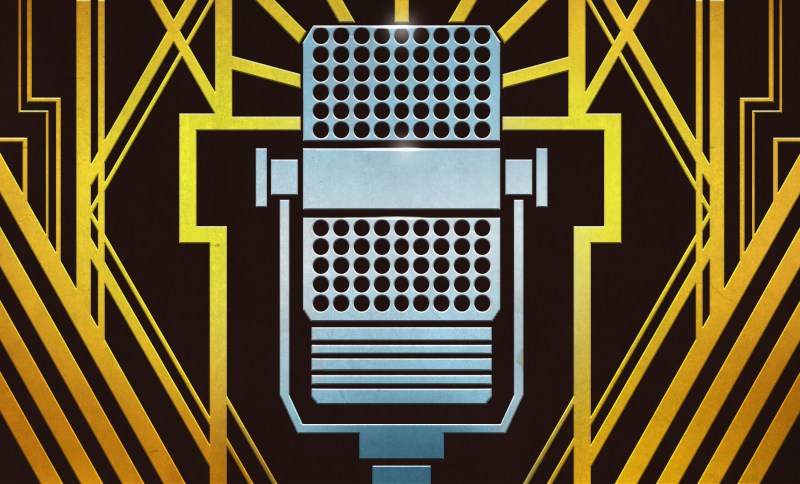Join Hackaday Editors Elliot Williams and Tom Nardi as they talk about their favorite hacks and stories from the previous week. They’ll start things off with a small Supercon update, and go right into fusion reactors, AI surgeons, planned obsolescence, and robotic cats and dogs. They’ll also go over several entries from the ongoing 2025 One Hertz Challenge, an ambitious flight simulator restoration project, old school lightning detectors, and how Blu-ray won the battle against HD DVD but lost the war against streaming. Stick around to the end to hear an incredible story about a clandestine machine shop in a WWII prisoner of war camp, and the valiant fight to restore communications with the Lunar Trailblazer spacecraft.
Check out the links below if you want to follow along, and as always, tell us what you think about this episode in the comments!
Download in DRM-free MP3 and add it to your collection.
Episode 329 Show Notes:
News:
What’s that Sound?
- Think you know that sound? Fill out the form for a chance to win a Hackaday Podcast T-Shirt!
Interesting Hacks of the Week:
- Do You Trust This AI For Your Surgery?
- Will HP Create A Carfax System For PCs?
- A Budget Quasi-Direct-Drive Motor Inspired By MIT’s Mini Cheetah
- Robotic Cheetah Teaches A Motors Class
- From Leash To Locomotion: CARA The Robotic Dog
- What Will It Take To Restore A Serious Flight Simulator?
- 2025 One Hertz Challenge: An Ancient Transistor Counts The Seconds
Quick Hacks:
- Elliot’s Picks:
- Tom’s Picks:
















Making herringbone gears by traditional manufacturing techniques isn’t exceedingly difficult. It’s just that they’re more commonly cast rather than machined because it’s more conductive to mass manufacturing.
It’s more common to see double helical gears rather than herringbones when they’re produced by milling. The difference is that double helical gears don’t have that sharp point of the V in the middle, because it isn’t technically necessary for the operation of the gear. Instead there’s a small “relief gap” which is milled out, so it looks like two opposing helical gears on the same axle. This is easier to manufacture because you don’t have to go in and refine the V point with smaller and smaller bits.
And regarding tolerances and repeatability of 3D printing,
https://www.mdpi.com/2227-9717/11/10/2810
FDM printing seems to be good enough for H9 tolerance, which for the size of object they were printing is about 52 microns over the specified dimension. The typical machining tolerance class is H7 which is 25 microns over for a hole 30-50 mm. For smaller hole sizes, the tolerance class for the FDM printer in the study would be H10 or H11.
I’m not going to wade through the ISO standards for gear manufacturing tolerances, but it’s easy to say that machining can easily produce parts that are at least twice better than 3D printing, so the argument of 3D printing being “perfect” for making cycloidal gears is dubious at best. It’s actually very rough, considering the typical “rough” surface after machining has an average deviation of about 12 microns and a smooth surface is 3 microns or less.
The main advantage of 3D printing is that plastic gears deform and wear out to meet a common profile. They seem to work well after a bit of running in – at least until they wear out further.
Fair enough! I guess I wasn’t comparing proper machining with 3DP in my head, but rather hobbiest/hacker methods vs 3DP.
Neat paper about 3DP fits. That’s something that plagues me, and I think a whole bunch of other folks. I always just print holes small and drill/ream them out later anyway. Have no idea how accurately I hit the centers when I do that, though…